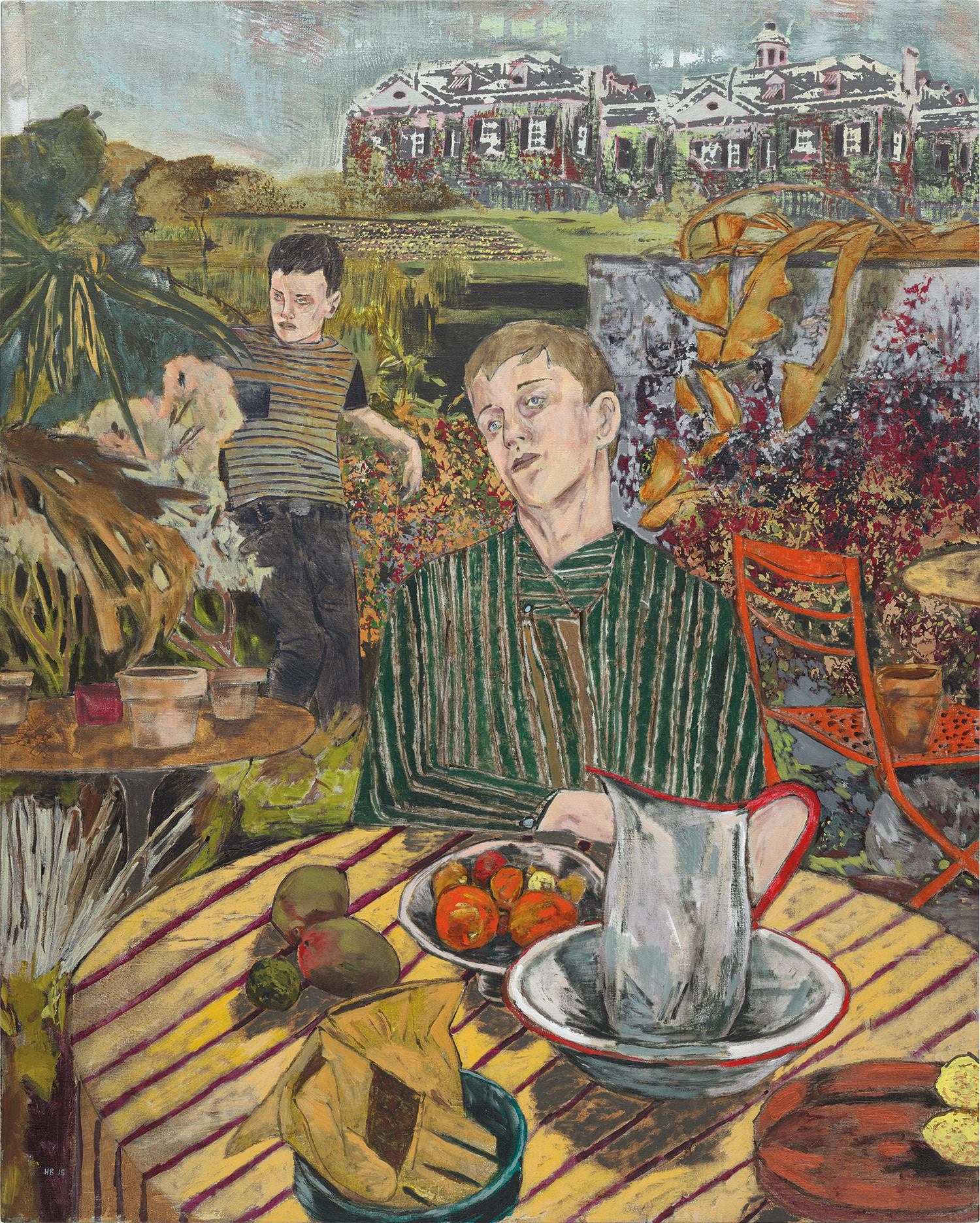

5
Hernan Bas
Two Fruits
Further Details
Full-Cataloguing
Hernan Bas
Hernan Bas (b.1978) is a contemporary American painter who lives and works in Miami. His paintings are influenced by the romantic and decadent legacies of 18th and 19th century art, literature, poetry, and religion. These influences result in canvases that are complex and highly detailed and often portray characters, typically young male figures, nestled among flora and fauna.
Hernan Bas received a degree from the New World School of the Arts in Miami, Florida in 1996. Solo exhibitions of Bas’ work have been curated by the Rubell Museum, Miami, Yuz Museum, Shanghai, and Space, K, Seoul. Bas’ artwork is found in permanent collections worldwide, including the Museum of Modern Art, The Whitney Museum of American Art the Art Gallery of Ontario, Toronto, Canada, and Carré d'Art - Musée d'Art Contemporain, Nîmes, France.